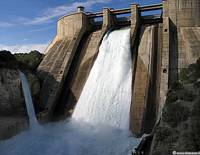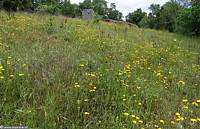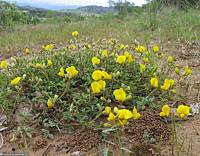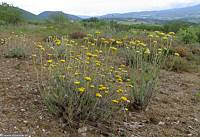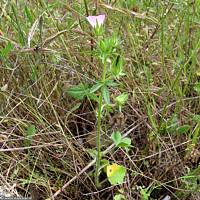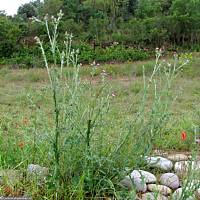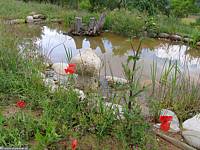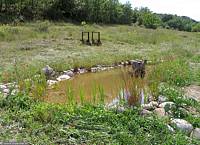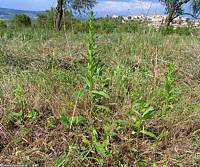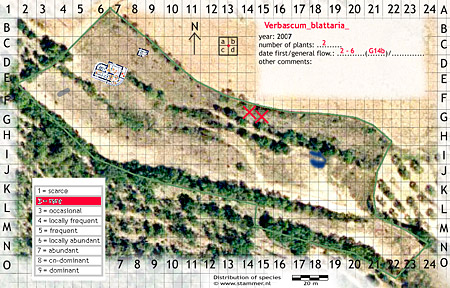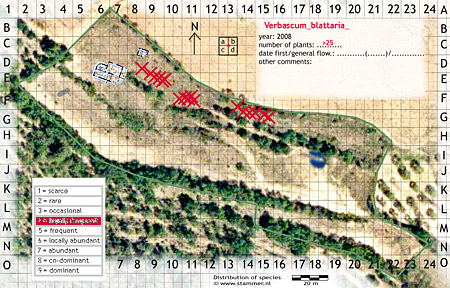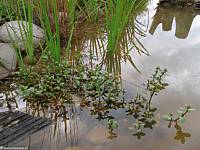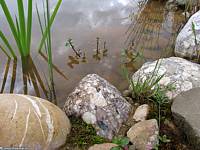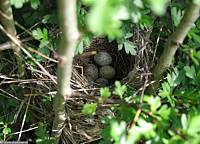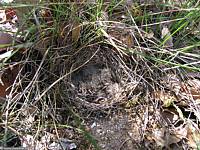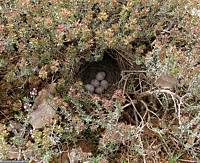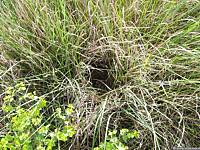|
|
Nature
Switched On
in the Pyrenees the first 10 years |
|
|
|
introduction |
2008 May 31 & June 1, Saturday & Sunday
|
Impressive torrent of excess water at the dam of El Grado
(more photos of this dam here). |
|
|
The terrain is mainly green and yellow, the favourite colour of
spring it seems.
|
|||
|
Hypochaeris radicata on the
higher, western terrace, looking north-west.
Strawflower |
Argyrolobium
zanonii, recently 'discovered' but surprisingly abundant on the
central, higher terrace. Looking south-east. |
||
|
Among the Catsears I found this member of the mallow family, Althaea hirsuta. It looks like a miniature version of its big cousin, Althaea cannabina, also present on the terrain, and is an annual (the only one of the genus in this region). |
|||
|
Althaea hirsuta on the higher,
western terrace. |
|||
|
Not very special or surprising are these two thistle like species.
They have always been present here and there on the terrain but I
never took the effort to record or identify them properly.
Because of this, and their impressive built, I decided to spare them when I started to mow the area around the pond. ______________ |
|||
|
Carduus tenuiflorus
spared in the mown area near the pond. Looking west. Sunday 11:37 |
|||
|
Sonchus oleraceus on the pond
border, together with some flowering Papaver rhoeas
and
Fumaria officinalis. |
|||
|
The vegetation around the pond had grown quite tall as a result of the inflow of water and fertile dirt and I thought it time to cut it back with the scythe. A more open appearance is pleasing for the eye and visiting birds feel safer. |
|||
|
Mown area around the first pond. |
|||
|
Mown area on the lower, northern terrace.
|
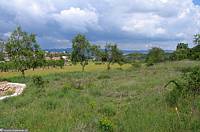 |
I continued the mowing on another
area where the vegetation was also tall with a lot of accumulated
organic matter. It was in fact the first cut in years on this lower,
relatively fertile terrace. |
|
| The timing and regularity of mowing can be quite crucial when trying to favour fragile or interesting species. My plan is to maintain a more or less strict regime every year, especially on the lower, more fertile terraces, where perhaps two cuts a year will be necessary (in the beginning). Other areas will only be cut every two or three years at the end of the summer. Very important is to take away the hay, once dried after a week or so, to lower the fertility of the soil and stimulate the diversity of species. | |||
|
An important advantage of a scythe (with a short blade of 45 cm) is the ability to avoid and spare individual herbs and shrubs. Here I detected on time an interesting group of Moth Mullein (Verbascum blattaria). This species was only present with 2 plants last year. Now I counted more than 25 rosettes. Looking at these maps for 2007 and 2008 respectively, this expansion can be nicely appreciated. Wind could have been the major spreading agent but another factor could have been myself! The rosettes are more or less along the typical route I usually take in this area and perhaps some seeds were transported by my boots. |
|||
|
A group of more than 5 Verbascum
blattaria plants in the mown area on the lower, northern
terrace. Looking north-east. Sunday 16:53 |
|||
|
A clear example of the importance of having a clear overview of the presence of each species on the terrain and its development over the years. I started somewhat clumsily with this intensive job last year but in the previous weeks I have been scanning the vegetation more thoroughly. I hope to finish in a few weeks and publish the updated maps in the floristic catalogue. |
2007 map of the presence of Verbascum blattaria. |
||
| 2008 map of the presence of Verbascum blattaria. | |||
|
The pond 'suffers' of course much more from human influence. I had cut several parts of the Brooklime (Veronica beccapunga, planted some weeks ago) and each of them was growing as if they had always been there. This plant is an important consumer of nitrate.
|
|||
|
Veronica
beccapunga planted on 16 May 2008. Sunday 11:28 |
A slip of Veronica
beccapunga. Sunday 11:26 |
||
|
Several of the
nest boxes have been
occupied this month of May but more impressive are the nests some
birds built in shrubs and on the ground. I think most of them were
built by Rock sparrows (Petronia petronia). Especially
the ones on the ground are amazingly camouflaged but
|
|||
|
Nest in a shrub of Common hawthorn (Crataegus
monogyna). Photograph taken on 4 May at 17:41 |
|||
|
Nest with young on the ground. Photograph taken on 2 May at 13:21 |
Nest in a shrub of Common thyme (Thymus vulgaris). |
||
|
Nest in a tuft of Tor-grass (Brachypodium
phoenicoides). This Sunday 17:02 |
|||
|
introduction
|
|
||
